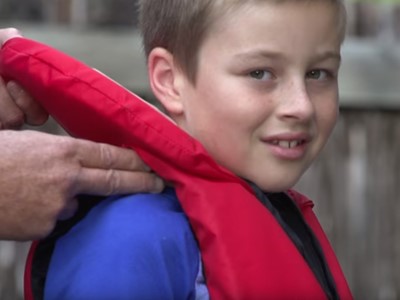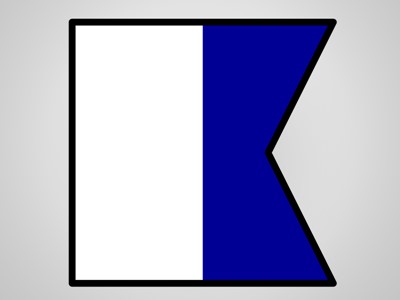Flares are an effective device for signaling distress and showing your position - they're highly visible on the water and from the air.
This article will tell you about the different types of flares, and how to store, use and dispose of them. To learn more about flares, get yourself on a Day Skipper course - Coastguard members get a great discount!
Coastguard recommends Marine Deals if you're in the market for new flares - they have a huge range of flares at great prices.
There are several types of flare, with each having benefits:
- Orange smoke – when triggered, this lets off a cloud of orange smoke, which can't be extinguished due to heavy rain or howling wind. These are good as a line-of-sight distress signal, but because there's nothing burning (and so nothing glowing) they're suited for daytime use only.
- Red handheld – effective as a line-of-sight distress signal by day and night, handheld flares are very bright with a good visibility range. They are very visible from an aircraft and will usually burn for up to 60 seconds.
- Red parachute or rocket – capable of attracting attention in daylight for up to 10 miles depending on conditions and up to 40 miles at night. The rocket launches the flare up to a height of about 300 meters and the flare burns for 40-60 seconds as it slowly descends. But don't use this type of flare when there is a helicopter or aircraft overhead.

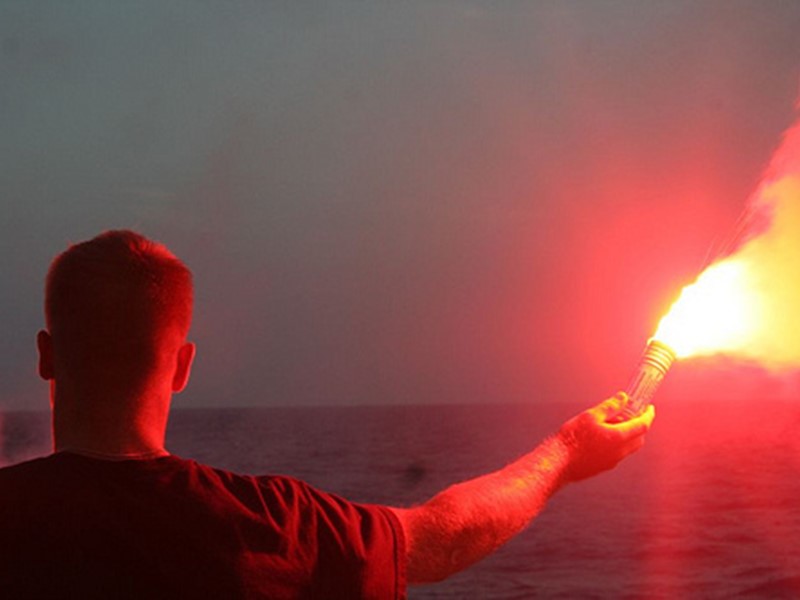
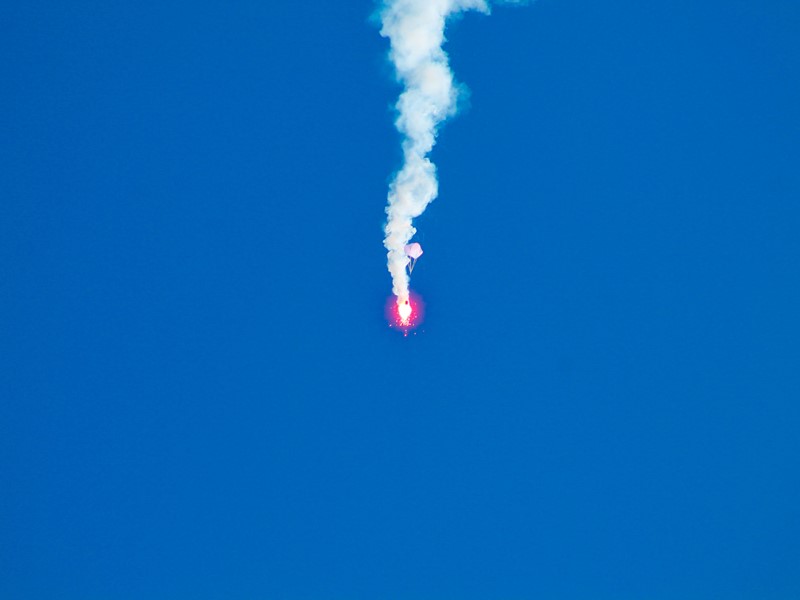
Be flare ready
Read and understand the firing instruction(s) for your flares before you need to use them.
- Firing mechanisms vary so make sure that you read the instructions printed on the sides. It's not the right time to learn how to use a flare when you're in trouble on the water.
- Always store flares in a waterproof container or in a dry designated area below deck. Make sure that your passengers and crew know where they are and how to use them.
- Before each boating season begins, check the expiry date of the flares and replace them as necessary. Old flares become unstable and can be unreliable.
- Dispose of expired flares in a safe manner (see below).
Firing flares
You're in an emergency and you need to attract attention. To help rescue services narrow down your position, it's time to let off your flares.
- If you have multiple flares, fire only one as soon as you’re in distress and keep other flares for when you need to attract searcher’s attention, such as when you spot a search aircraft or other boats searching.
- Hold hand-held flares over the downwind side of the boat with your arm fully outstretched. Flares burn with extreme heat and can very easily damage your boat, your life raft or people.
- Point them away from yourself, anyone else and the superstructure of the boat.
- Flares are extremely bright and you should not look directly at the light as it will damage your eyesight.
- Parachute flares should be fired downwind at ideally a 15 to 20 degree angle off vertical
Never set flares off unless you are in distress or are attending a properly organised flare demonstration.
Disposal of old flares
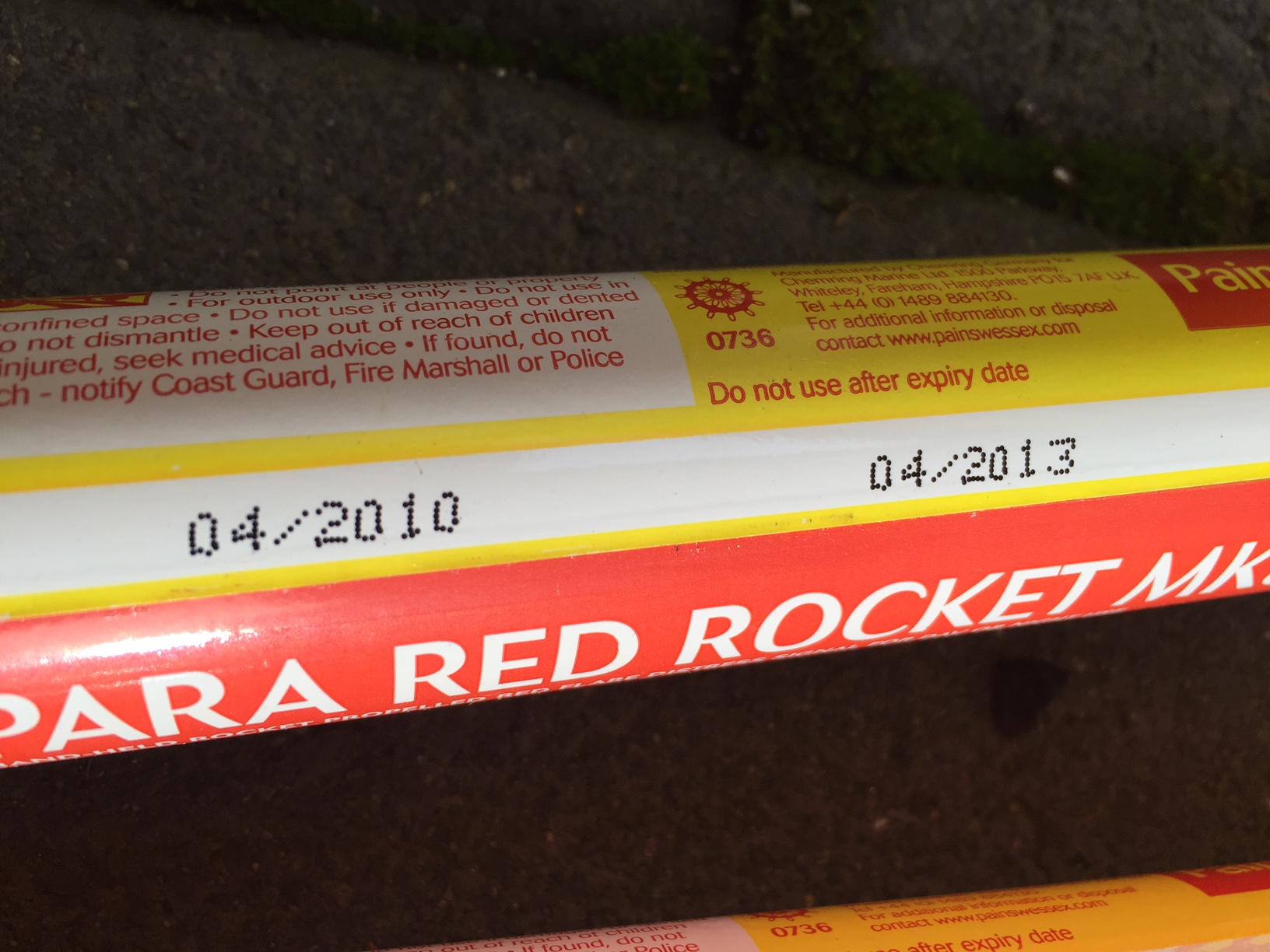
Old flares should not be kept as spares, because the propellant degrades over time. While an expired flare may still fire, there's no guarantee – and do you want a flare to fail when you really need it? Every flare should have a date of manufacture and an expiry date (usually 3-6 years after manufacture).
- Hand unwanted or expired flares into either your local police station, the Auckland Marine Rescue Centre or your marine retailer that collects expired flares (like Burnsco).
- Never leave them outside for someone to collect, or put them in the rubbish.
- Never incinerate or let off expired flares. They're not fireworks!
- Expired or very old flares should be treated like explosives, so handle old ones with care.
Learn how to use flares
Don’t make the first time you need to use a flare when you’re really in trouble – get yourself sorted with a Day Skipper course to learn about flares and heaps more. There’s even a discount for Coastguard members!


